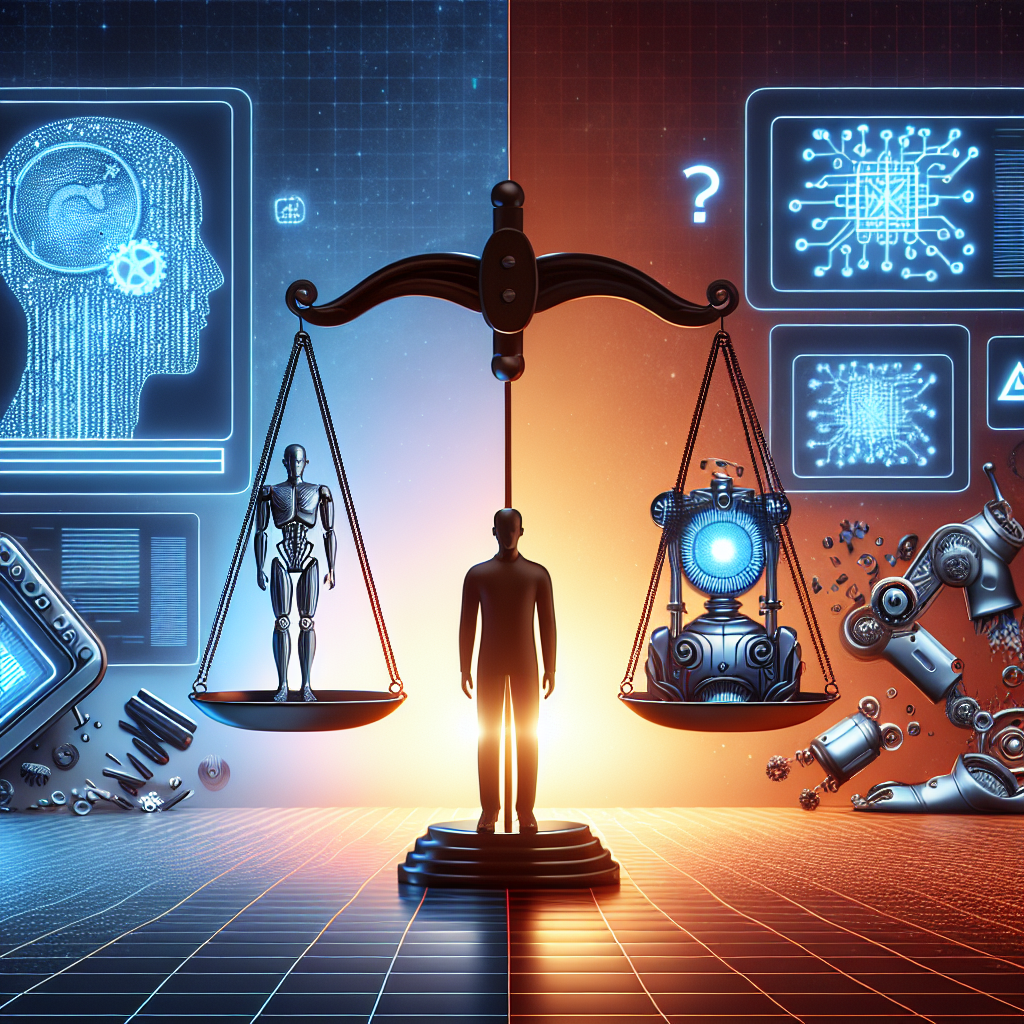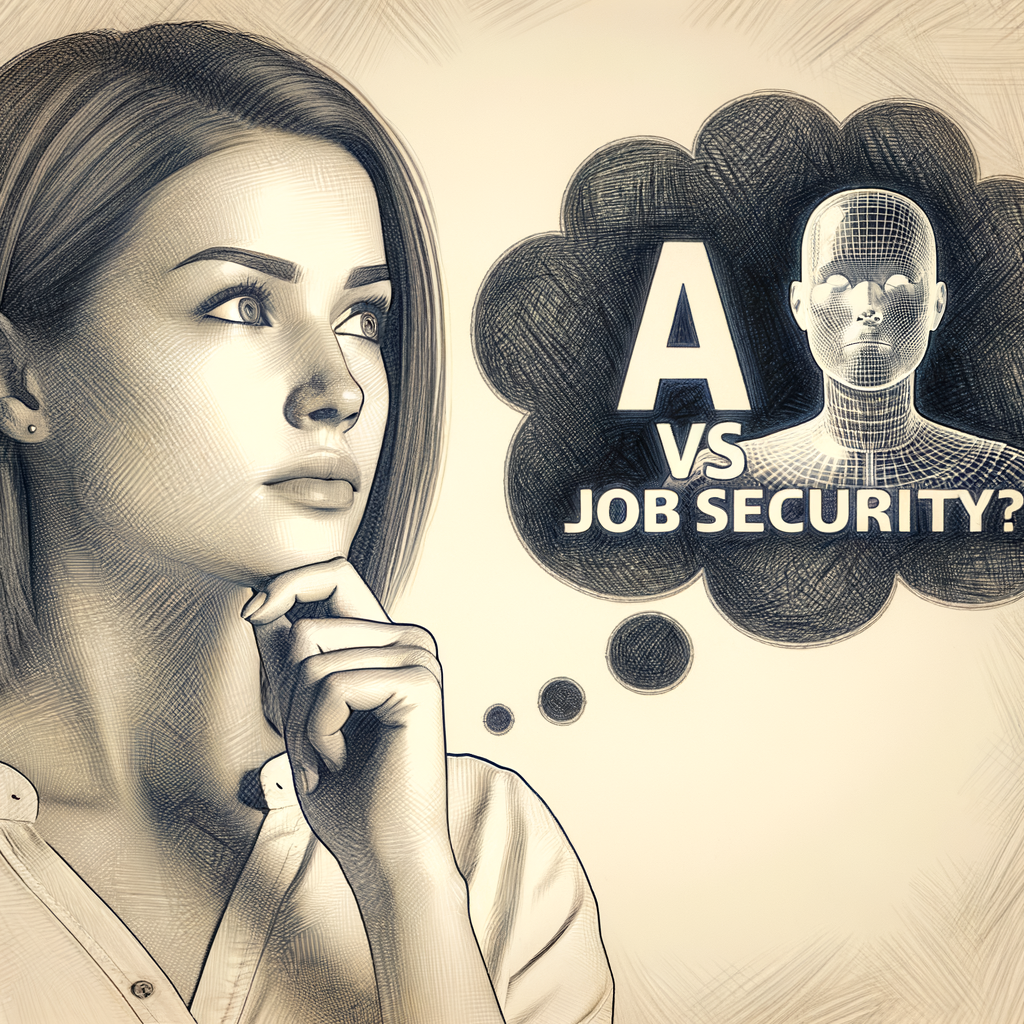
In a world where technology is rapidly evolving, the realm of art is no exception. The emergence of artificial intelligence (AI) has revolutionized various industries, and now it is making significant strides in the art world. This article delves into the future of art through AI-generated masterpieces, exploring how AI creativity is pushing the boundaries of traditional art forms and what this means for artists and art enthusiasts alike.
The Intersection of Art and AI
Art and technology have always shared a symbiotic relationship. From the invention of the camera to digital painting software, technology has continuously provided artists with new tools to express their creativity. The introduction of AI into the art world is the latest chapter in this ongoing narrative. Unlike traditional tools, AI possesses the capability to learn and adapt, making it a unique and powerful ally for artists.
Understanding AI Art
AI art refers to artwork created with the assistance of artificial intelligence algorithms. These algorithms can analyze vast amounts of data, learn patterns, and generate images, music, and even poetry that mimic human creativity. The most common form of AI used in art is known as generative adversarial networks (GANs). GANs consist of two neural networks: the generator, which creates images, and the discriminator, which evaluates them. Through this process, AI can produce artwork that is remarkably lifelike and original.
The Process of Creating AI Art
Creating AI-generated art involves several steps. Firstly, a large dataset of images is fed into the AI system. This dataset serves as the foundation upon which the AI learns to create art. The AI then analyzes these images, identifying patterns and styles. Once it has learned enough, the AI begins generating its own images, often starting with abstract shapes and gradually refining them into more recognizable forms.
Training the AI
Training an AI to create art is a complex and time-consuming process. It requires a significant amount of computational power and data. The AI is trained using a technique called deep learning, which involves feeding it thousands or even millions of images. The more data the AI has, the better it becomes at generating realistic and high-quality artwork. This process can take weeks or even months, depending on the complexity of the desired output.
The Role of the Artist
Despite AI's capabilities, the role of the artist remains crucial in the creation of AI-generated art. Artists act as curators and guides, selecting the datasets, tweaking the algorithms, and making final adjustments to the output. This collaboration between human creativity and AI technology results in unique pieces of art that reflect both the artist's vision and the AI's innovative capabilities.
The Impact of AI on the Art World
The introduction of AI-generated art has sparked both excitement and controversy within the art community. On one hand, it opens up new possibilities for creativity and experimentation. On the other hand, it raises questions about the nature of art and the role of the artist.
New Opportunities for Creativity
AI art allows artists to explore new styles and techniques that were previously unimaginable. With AI, artists can create intricate patterns, generate lifelike portraits, and even blend different art styles seamlessly. This newfound freedom encourages artists to push the boundaries of their creativity and experiment with new ideas.
Redefining the Artist's Role
The rise of AI-generated art also challenges traditional notions of authorship and originality. If an AI can create a masterpiece, what does that mean for the role of the artist? Some argue that AI is simply a tool, like a paintbrush or a camera, and that the artist's vision and intent remain central to the creation of art. Others believe that AI-generated art represents a new form of creativity, one that blurs the line between human and machine.
Case Studies of AI-Generated Art
Several notable examples of AI-generated art have captured the public's imagination. These case studies highlight the diverse applications of AI in the art world and demonstrate its potential to transform how we create and perceive art.
The Portrait of Edmond de Belamy
One of the most famous examples of AI-generated art is the "Portrait of Edmond de Belamy," created by the Paris-based art collective Obvious. This portrait was generated using a GAN trained on a dataset of historical portraits. The resulting image, which features a blurred and somewhat distorted face, was auctioned at Christie's in 2018 for $432,500. This sale marked a significant milestone for AI art, bringing it into the mainstream art market and sparking widespread interest and debate.
AI-Generated Music
AI is not limited to visual art; it is also making waves in the music industry. Amper Music, for example, is an AI-powered music composition platform that allows users to create custom music tracks in minutes. By analyzing vast amounts of musical data, Amper can generate original compositions that match a specific mood or style. This technology is being used by filmmakers, game developers, and advertisers to create high-quality music quickly and affordably.
The Ethical Implications of AI-Generated Art
As with any technological advancement, AI-generated art raises several ethical considerations. These include issues of authorship, originality, and the potential for AI to replicate or replace human creativity.
Authorship and Ownership
One of the most pressing ethical questions surrounding AI art is the issue of authorship. If an AI creates a piece of art, who owns the copyright? Is it the artist who trained the AI, the developer who created the algorithm, or the AI itself? Currently, copyright laws do not adequately address these questions, leading to a gray area in the legal landscape of AI art.
Originality and Creativity
Another ethical concern is the originality of AI-generated art. Since AI learns from existing artworks, some argue that it cannot create truly original pieces. Instead, it merely recombines existing elements in novel ways. This challenges the traditional notion of creativity as a uniquely human trait and raises questions about the value and authenticity of AI-generated art.
The Future of AI-Generated Art
Looking ahead, the future of AI-generated art appears both exciting and uncertain. As AI technology continues to evolve, its capabilities will undoubtedly expand, leading to even more sophisticated and lifelike creations. However, this also means that the ethical and philosophical questions surrounding AI art will become increasingly complex.
Integration into the Art Market
AI-generated art is already making its mark on the art market, with pieces being sold at major auction houses and exhibited in galleries worldwide. As acceptance of AI art grows, it is likely to become a more prominent feature in the art market. This could lead to new opportunities for artists and collectors, as well as challenges related to valuation and authentication.
Collaboration and Innovation
The true potential of AI art lies in its ability to foster collaboration and innovation. By working together, human artists and AI can create groundbreaking pieces that neither could achieve alone. This collaborative approach encourages the exploration of new artistic styles and techniques, pushing the boundaries of what is possible in art.
Ethical and Legal Frameworks
As AI-generated art becomes more prevalent, there will be a growing need for ethical and legal frameworks to address the unique challenges it presents. This includes developing guidelines for authorship and copyright, as well as establishing standards for the use of AI in creative processes. By addressing these issues proactively, society can ensure that the benefits of AI art are maximized while minimizing potential harms.
Summary and Conclusion
In conclusion, AI-generated art represents a fascinating and rapidly evolving frontier in the art world. Through the use of advanced algorithms and deep learning, AI has the potential to create stunning and original masterpieces that challenge traditional notions of creativity and authorship. While this technology opens up new opportunities for artists and art enthusiasts, it also raises important ethical and legal questions that must be addressed.
The future of AI-generated art lies in the balance between human creativity and machine learning. By embracing this synergy, artists can push the boundaries of their craft and explore new realms of artistic expression. As the art world continues to adapt to the presence of AI, it is essential to navigate the challenges and opportunities it presents with careful consideration and open-mindedness.
Ultimately, AI-generated art is not just about the technology itself but also about how it can be used to enhance and expand the human experience of art. As we move forward, the collaboration between human artists and AI will continue to redefine the possibilities of creativity, leading to a richer and more diverse artistic landscape.

